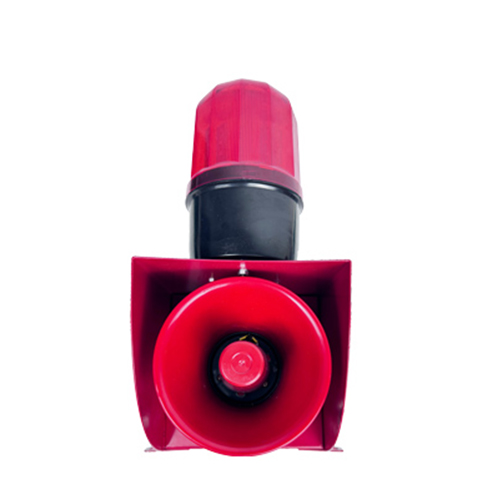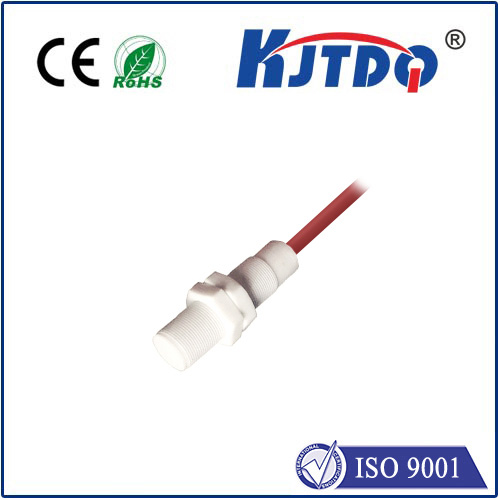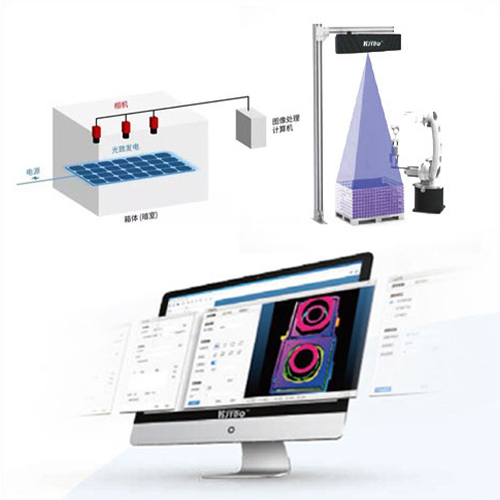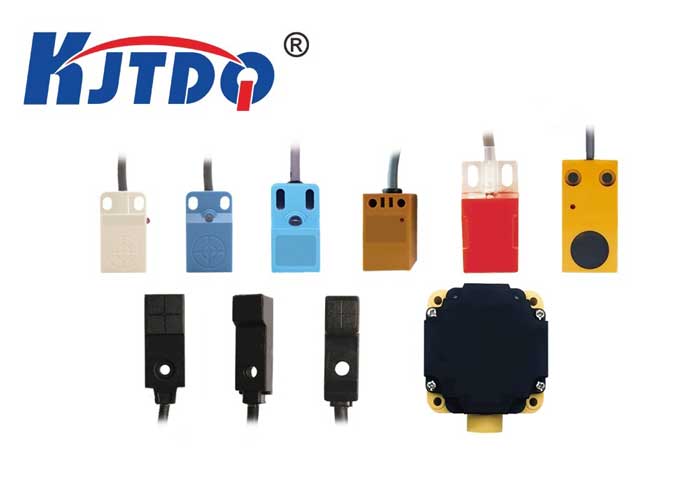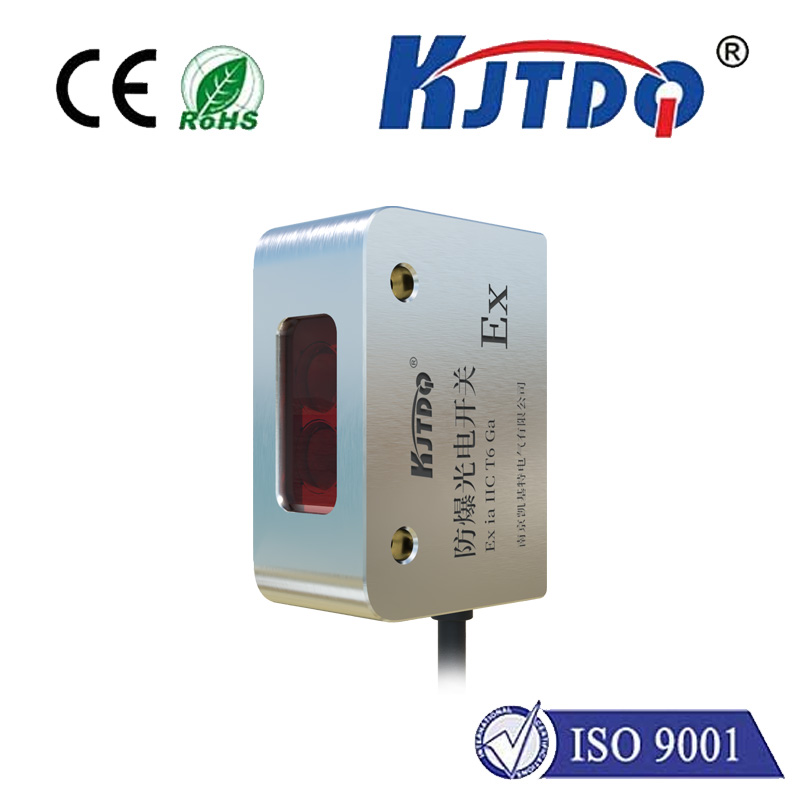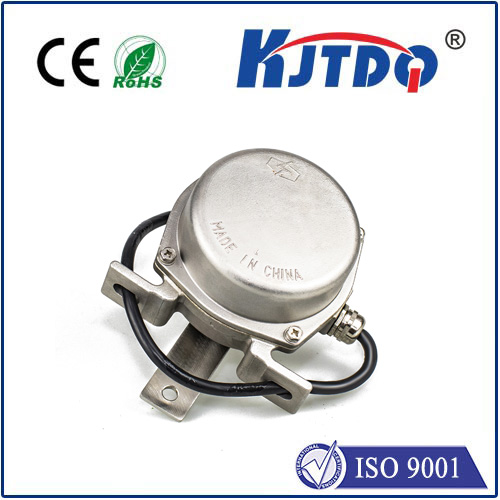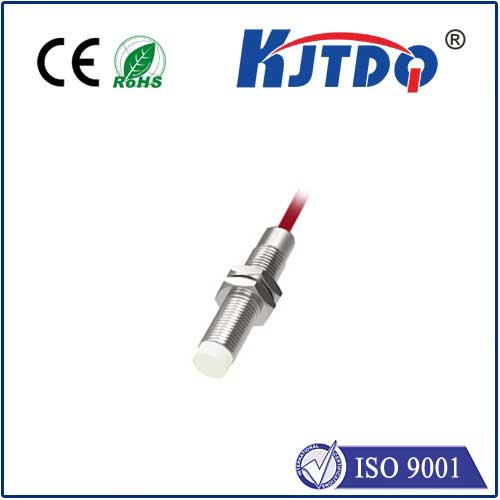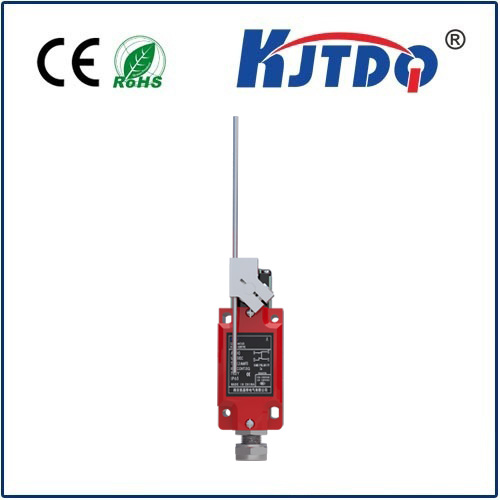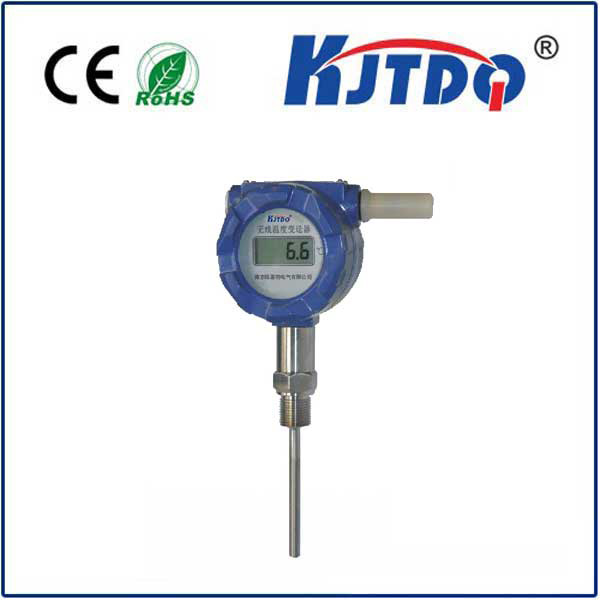

check

check

check

check

check

check

check

check

check

check
From ensuring our morning coffee is perfect to safeguarding complex industrial processes and monitoring vital health metrics, temperature measurement is an invisible thread woven into the fabric of modern life. It’s more than just reading a number; it’s about capturing a fundamental physical property critical for safety, efficiency, and understanding our world. Understanding the diverse types of temperature sensors and the underlying temperature measurement methods is key to selecting the right tool for the job. This guide delves into the main categories, highlighting their principles, strengths, limitations, and typical uses.
The Enduring Classic: Liquid-in-Glass Thermometers
For centuries, the mercury or alcohol-filled glass thermometer was the quintessential image of temperature measurement. This contact method relies on the simple principle of thermal expansion: as temperature rises, the liquid expands and rises within a narrow glass tube calibrated to a scale. While their visibility and simplicity are advantages, they are fragile, relatively slow to respond, and pose environmental/hazards concerns (especially mercury). You’ll still find them in some weather stations, medical applications (though increasingly replaced), and basic lab settings, but they are less common in demanding modern environments.
Electric Powerhouses: Thermocouples (TCs)
Perhaps the most widely used industrial temperature sensor type, thermocouples generate their own signal through the Seebeck effect. When two different metals are joined at both ends, and one junction (the measuring junction) is heated while the other (the reference junction) is kept cool, a small voltage is generated proportional to the temperature difference. This intrinsic voltage output makes them self-powered. Thermocouples are known for their robustness, wide temperature range capability (some types exceeding 2300°C/4172°F), fast response times, and relatively low cost. They are ubiquitous in industrial furnaces, gas turbines, engine testing, and anywhere extreme conditions exist. Different metal combinations (Types J, K, T, E, N, R, S, B) offer varying ranges and characteristics.
Precision Champions: Resistance Temperature Detectors (RTDs)

When high accuracy and stability are paramount, RTD sensors often take the lead. Principally using platinum (Pt100 or Pt1000 are common standards), RTDs operate on a straightforward principle: the electrical resistance of a pure metal wire increases predictably as its temperature rises. This predictable relationship (described by Callendar-Van Dusen coefficients) allows RTDs to offer excellent accuracy, repeatability, and long-term stability over a moderate temperature range (typically -200°C to +800°C / -328°F to +1472°F, with specific designs for extremes). While more expensive and fragile than thermocouples, and with slightly slower response, RTDs dominate in laboratories, pharmaceutical manufacturing, food processing, and HVAC systems demanding precise control.
Sensitive Responders: Thermistors
For applications needing high sensitivity to small temperature changes within a more limited range, thermistor sensors excel. Made from metal oxide ceramics, thermistors exhibit a large, predictable change in resistance with temperature. Crucially, most common thermistors are Negative Temperature Coefficient (NTC) types, meaning their resistance decreases significantly as temperature increases. This high sensitivity allows them to detect minute changes, making them ideal for applications like medical thermometers, battery pack temperature monitoring, climate control sensors in cars and appliances, and circuit protection. They are generally small, inexpensive, and offer fast response times. However, their response is non-linear (requiring careful calibration/compensation), and their range is typically narrower (-50°C to 150°C / -58°F to 302°F for common types) than RTDs or TCs.
Seeing the Heat: Infrared (Non-Contact) Thermometers
Sometimes, physically touching the object is impossible, unsafe, or would alter its temperature. This is where non-contact temperature measurement shines, primarily using infrared (IR) thermometers, also known as pyrometers. All objects emit infrared radiation based on their temperature. IR sensors detect this emitted energy and convert it into a temperature reading without any physical contact. This method allows for fast readings of moving objects, hazardous or extremely hot surfaces (like molten metal or electrical components), and delicate materials. They are essential in industrial maintenance (finding hot spots), food safety (surface checks), medical screening (fever detection - tympanic/forehead), and HVAC. Accuracy depends on emissivity settings (the object’s ability to emit IR) and distance-to-spot ratio, and they cannot measure internal temperature.
Simple & Reliable: Bimetal Thermometers
For straightforward mechanical indication, bimetal thermometers offer a robust and cost-effective solution. They utilize a coil or strip made from two different metals bonded together. As temperature changes, these metals expand at different rates, causing the coil to curl or the strip to bend, mechanically moving a pointer across a dial. Their simplicity, lack of power requirements, and durability make them popular for dashboards (car coolant gauges), ovens, industrial equipment where approximate readings suffice, and some HVAC thermostats. While reliable and inexpensive, they generally offer lower accuracy and slower response compared to electronic sensors and are primarily useful for visual indication rather than electronic control signals.
Choosing the Right Tool
Selecting the optimal temperature measurement method hinges on several key questions:
The Constant Evolution
These represent the core types of temperature sensors in use today, but innovation continues. Emerging technologies like fiber optic sensors offer advantages in high EMI environments, and developments in semiconductor sensors (like integrated circuit temperature sensors used in computers) provide compact, linear, and inexpensive solutions for electronic circuits. Understanding the fundamental principles and trade-offs between contact thermometers (like TCs, RTDs, Thermistors, Bimetal) and non-contact sensors (IR) remains fundamental to navigating the diverse landscape of temperature measurement technology. From freezing laboratories to blazing furnaces, the ability to accurately gauge heat is crucial, and having the right sensor for the job makes all the difference.
